
How to Remove Rust From a Necklace Without Damaging It
Learning how to remove rust from a necklace starts with knowing what it’s made of. Identify the metal and any plating first—check for hallmarks, use a magnet test, and observe the color. Always patch-test a small hidden spot before cleaning. For solid gold, use warm water with pH-neutral dish soap; for sterling silver, a gentle baking-soda slurry (no abrasives); and for stainless steel, mix equal parts white vinegar and water, soak for 3–5 minutes, then rinse and dry. For plated pieces, stick to diluted pH-neutral soap and blot quickly. Finish with a distilled-water rinse, dry thoroughly, and store with desiccants to prevent future tarnish—perfect for keeping your favorites like those from our Must-Have Necklaces collection looking flawless.
Identify Your Necklace’s Metal and Plating
Start by confirming the base metal and any plating, because rust-removal methods depend on both.
Examine hallmarks: 925 or “sterling” indicates silver; 375/585/750 denote gold karat; PT/PLAT marks platinum; “SS,” “SST,” or “surgical” suggest stainless steel. If you see “GP,” “HGE,” “GF,” or “vermeil,” you’ve got plated construction over a different core.
Verify magnetism to differentiate necklace materials: strong attraction often signals steel or iron; weak to none suggests copper, brass, silver, gold, or platinum.
Note color and tarnish: reddish corrosion implies iron-bearing metal types; green or blue corrosion suggests copper alloys; black sulfide points to silver.
Inspect wear points for color changes that reveal plating thickness and base metal.
Document findings; treat plated surfaces more conservatively than solid alloys.
Gather Gentle, Non-Abrasive Supplies
With the metal and any plating confirmed, select tools that won’t scratch or strip finishes. Assemble lint-free microfiber cloths, soft cotton swabs, and a very soft-bristle toothbrush (baby or extra-soft).
Choose non-abrasive bowls or glass dishes for mixing and containment. Prioritize eco friendly solutions and mild household items: distilled water, pH-neutral dish soap, baking soda, white vinegar, and 3% hydrogen peroxide.
Add mineral oil or jojoba oil for lubrication and residue lift on plated pieces. Keep wooden or plastic toothpicks for crevice work; avoid steel wool or abrasive pads. Use nitrile gloves to prevent skin oils and sulfides from contacting the metal.
Prepare filtered rinse water and compressed air or a bulb syringe for controlled drying. Lay a clean, padded work surface.
Patch-Test on a Hidden Spot
Why risk a visible blemish when you can test first? Identify hidden areas on the necklace—underside of a clasp, inside of a bail, or the back of a pendant—to serve as controlled test spots.
Dry the piece thoroughly. Using a cotton swab, apply a micro-drop of your chosen rust remover or mild solution to a spot no larger than 3 mm. Time the contact precisely (e.g., 30–60 seconds). Don’t rub; observe.
Rinse the area with distilled water, then blot dry with a lint-free cloth. Inspect under bright, neutral light and, if possible, 5–10x magnification. Look for color shift, surface pitting, softening of plating, or residue.
If any adverse change appears, discontinue that product. If stable after two trials on separate hidden areas, proceed to broader application.
Safe Cleaning Methods for Solid Gold, Silver, and Stainless Steel
Three metals demand distinct, compatible cleaners and contact times to prevent damage.
For solid gold, prioritize gold maintenance with non-abrasive chemistry. Soak 10–15 minutes in warm water with a few drops of pH-neutral dish soap; agitate gently. Use a soft-bristle brush only on grime, then rinse and blot dry with lint-free cloth. Avoid ammonia on colored gemstones.
For sterling silver, practice precise silver care. Remove tarnish—not rust—with a thiourea-free silver polish or a 2% baking-soda slurry. Apply with microfiber, wipe along the grain, rinse, and dry thoroughly. Skip toothpaste and abrasive pads.
For stainless steel, target surface oxidation. Mix 1:1 white vinegar and water; apply for 3–5 minutes, then scrub lightly with a nylon brush. Rinse, dry, and finish with a drop of mineral oil to inhibit future corrosion.
Special Care for Gold- and Silver-Plated Pieces
Plated jewelry demands gentler chemistry and shorter contact times than solid metals because a thin electroplated layer can wear through.
For gold plating care, avoid abrasives, toothpaste, baking soda, or ultrasonic cleaners. Mix a few drops of pH‑neutral dish soap in lukewarm water, dampen a lint‑free cloth, and wipe—don’t soak. Rinse briefly under cool water, then blot dry immediately. If rust transfers from adjacent components, isolate the plated area; place petroleum jelly as a barrier where needed.
For silver plating care, use the same mild solution but skip chemical dips and polishing creams labeled “tarnish remover”—they strip plating fast. Use a microfiber cloth with feather‑light pressure, following the grain.
Dry fully, then store in low‑humidity pouches. Inspect often; discontinue cleaning if base metal shows.
Removing Rust From Chains, Clasps, and Crevices
Although rust hides in tight links and tiny hinges, you can dislodge it with targeted tools and controlled chemistry. Secure the necklace, then inspect under magnification to locate orange blooms and pitting.
For chains, thread unwaxed dental floss or a nylon filament through each link to abrade oxide gently. For clasps and jump rings, use micro swabs or interdental brushes charged with a 1–3% citric or acetic solution; limit dwell to 2–3 minutes to protect plating.
Agitate with a soft brass brush if the base metal is steel; switch to nylon on plated areas. Pinpoint gel chelators (EDTA-based) help in crevices—apply sparingly and neutralize per label.
These rust removal techniques pair with disciplined handling, forming practical necklace maintenance tips for complex geometries.
Rinse, Dry, and Protect the Finish
With the last traces of oxide lifted, arrest the chemistry before it etches the finish. Use controlled rinse techniques: flush the necklace under a low-pressure stream of distilled water to remove acidic residues, rotating links so water reaches joints and clasp springs.
For porous or set pieces, use a bulb syringe to direct flow without forcing stones. Avoid hot water; it accelerates tarnish and can loosen adhesives.
Proceed to drying methods immediately. Wick moisture with lint-free microfiber, then drive out capillary water using cool, moving air from a hair dryer on the lowest setting.
Stand the piece on an absorbent pad so gravity clears trapped droplets. Inspect under bright light; repeat air pass until no fogging appears on a mirror.
Finally, apply a micro-thin, non-silicone jewelry protectant.
Prevent Future Rust and Corrosion
Even after a successful clean, control exposure variables to stop corrosion from returning.
Store the necklace in a low-humidity environment (below 50% RH) with desiccant packs, and keep it away from bathroom steam, salt air, and chlorinated pools.
Handle it with dry hands; body oils and sweat accelerate oxidation. Wipe down after wear with a soft, lint-free cloth to remove salts and moisture.
Apply protective coatings suited to the metal: microcrystalline wax for silver and brass, clear acrylic lacquer for base metals, or a thin polymer sealant designed for jewelry.
Reapply on a defined schedule based on wear.
Implement preventative measures: rotate pieces to reduce friction, isolate dissimilar metals to prevent galvanic coupling, and use anti-tarnish strips.
Inspect clasps and joints; address scratches promptly.
Frequently Asked Questions
Can Rust on a Necklace Cause Skin Irritation or Allergic Reactions?
Yes. You can develop skin sensitivity from rust-contaminated jewelry. Corroded metal releases iron oxides and nickel ions that trigger contact dermatitis, redness, itching, or allergic reactions. Clean promptly, dry thoroughly, and switch to hypoallergenic materials if symptoms persist.
How Do I Identify Rust Versus Tarnish or Verdigris?
Distinguish by color, texture, and metal. Use rust identification methods: orange-brown, flaky, magnetic steel/iron. Tarnish characteristics: gray/black, smooth film on silver. Verdigris appears green-blue, waxy/crusty on copper alloys. Test with magnet, cotton swab with vinegar, and microscopy.
Are Ultrasonic Cleaners Safe for Rust-Affected Jewelry?
Yes, but with constraints. You can use ultrasonic cleaners for rust-affected jewelry only after manual rust removal. Avoid fragile stones, plated pieces, or cracks. Use mild solution, short cycles, inspect frequently, and stop if pitting, flaking, or discoloration appears.
When Should I Consult a Professional Jeweler for Rust Removal?
Consult a professional jeweler when rust persists after gentle methods, stones are present, plating’s thin, structural integrity’s uncertain, or the piece is valuable. Request a professional assessment and documented jewelry repair plan, including metal testing, controlled derusting, and post-treatment stabilization.
Can Insurance Cover Damage From Rust or Improper Cleaning?
Yes, but it’s limited. Review insurance policies for accidental damage, not wear and tear or gradual rust. Confirm coverage limits, exclusions, and required documentation. Schedule repairs promptly, photograph damage, and obtain a jeweler’s estimate to substantiate a claim.
Conclusion
You’ve learned to identify your necklace’s metal, choose non-abrasive supplies, and patch-test before cleaning. Use metal-appropriate methods: mild dish soap for gold, baking soda paste for silver, and diluted vinegar for stainless steel. Treat plated pieces gently, avoiding friction and harsh acids. Target rust in chains and clasps with soft brushes and toothpicks. Rinse thoroughly, dry completely, and apply a microcrystalline wax or anti-tarnish strip. Store in low-humidity conditions to prevent future rust and corrosion.







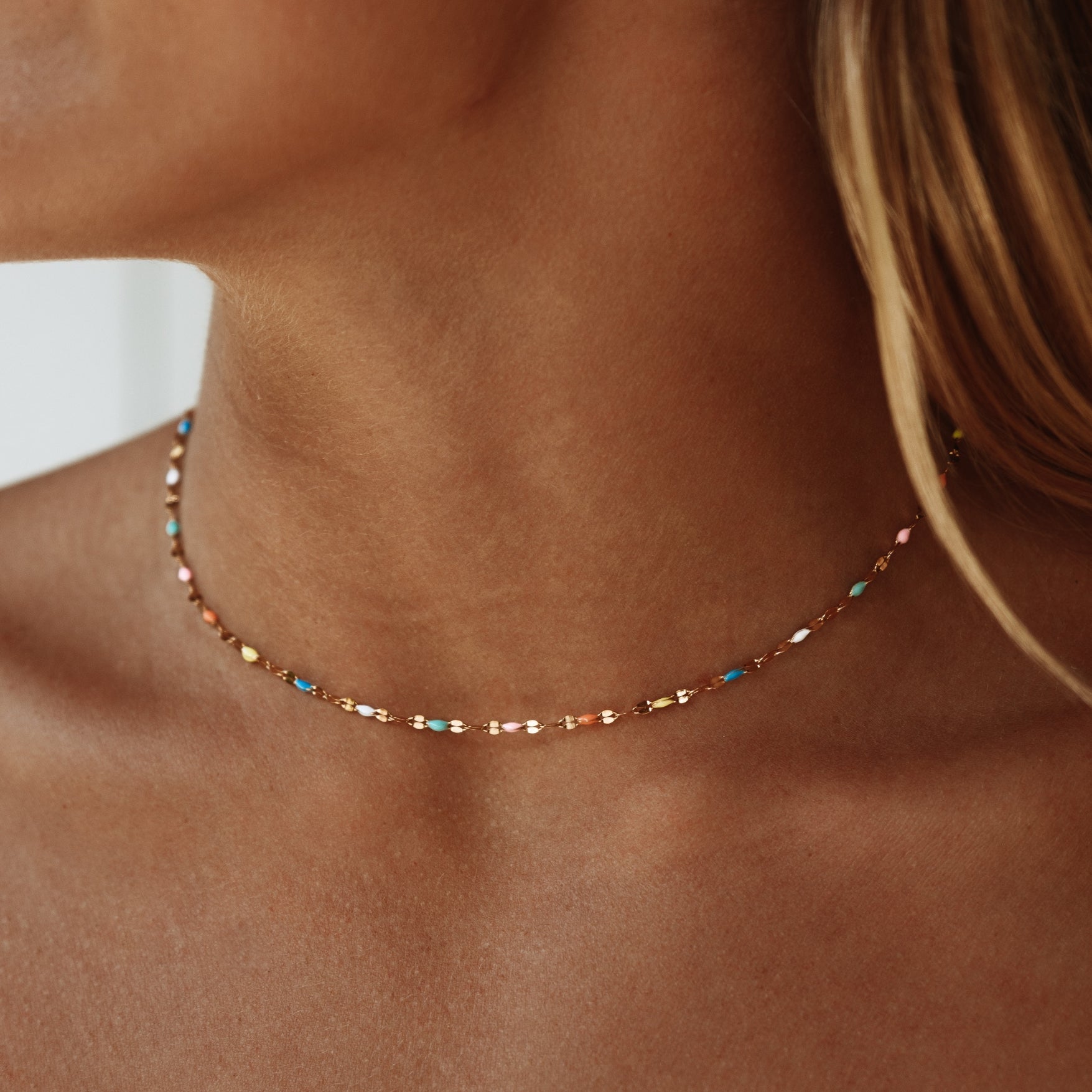
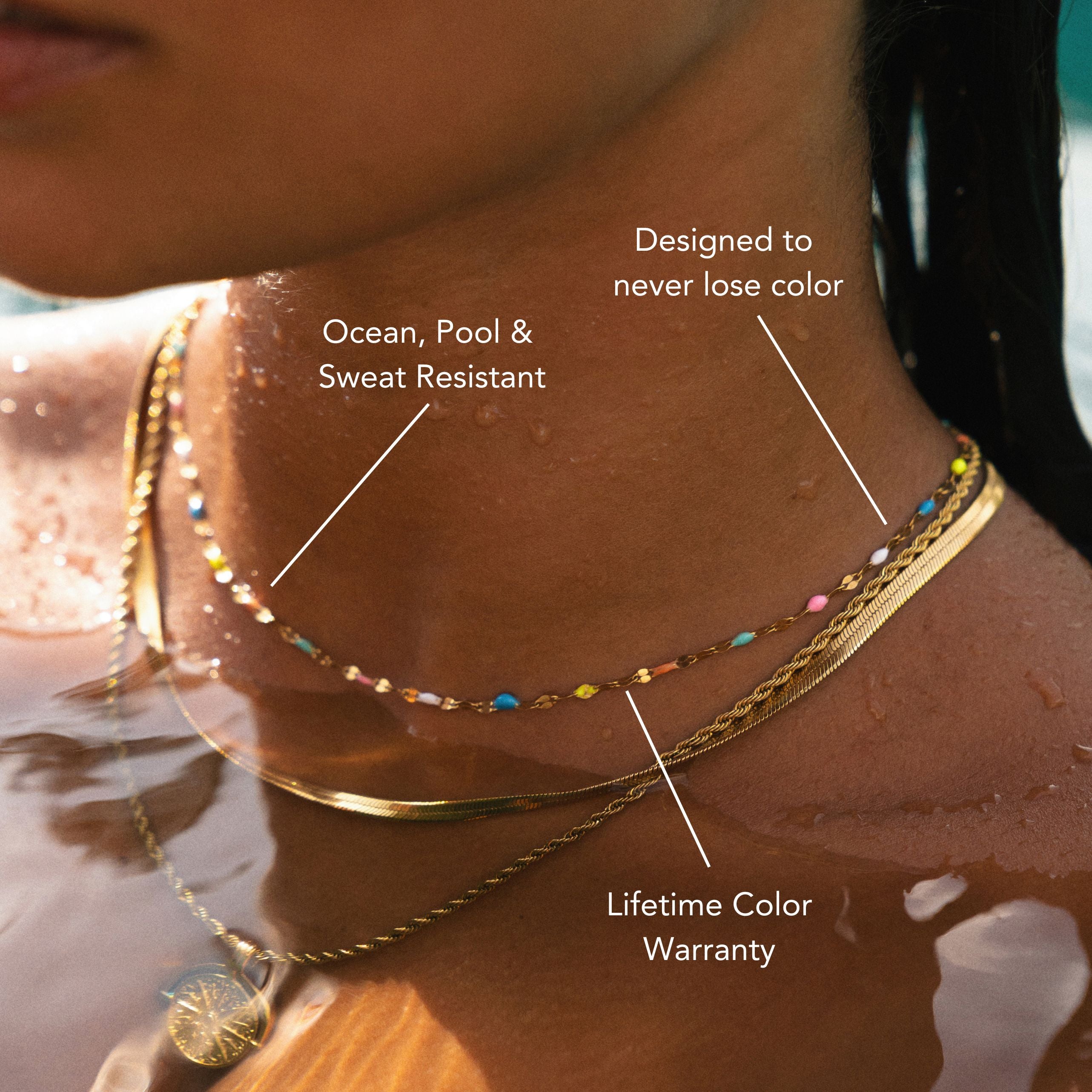
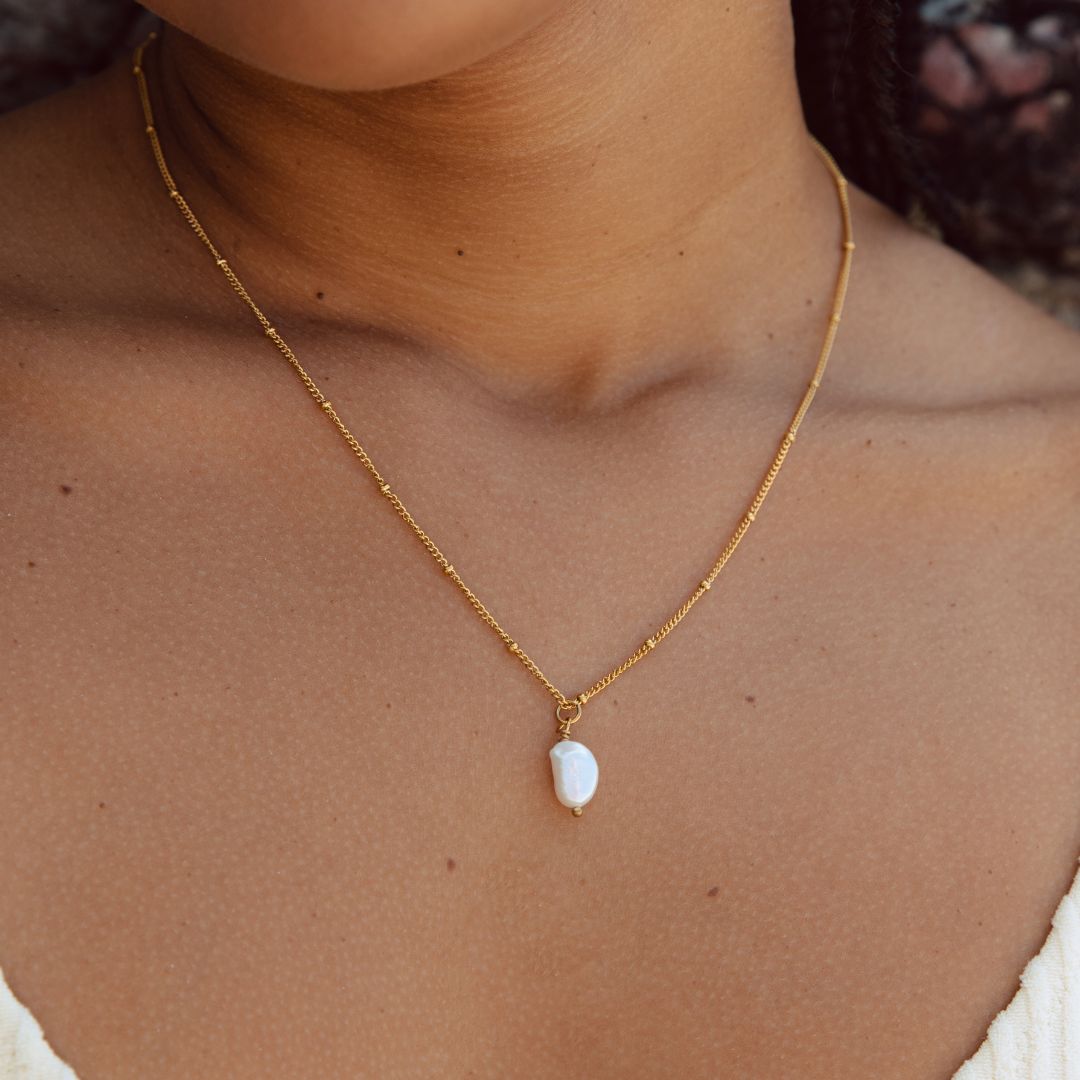

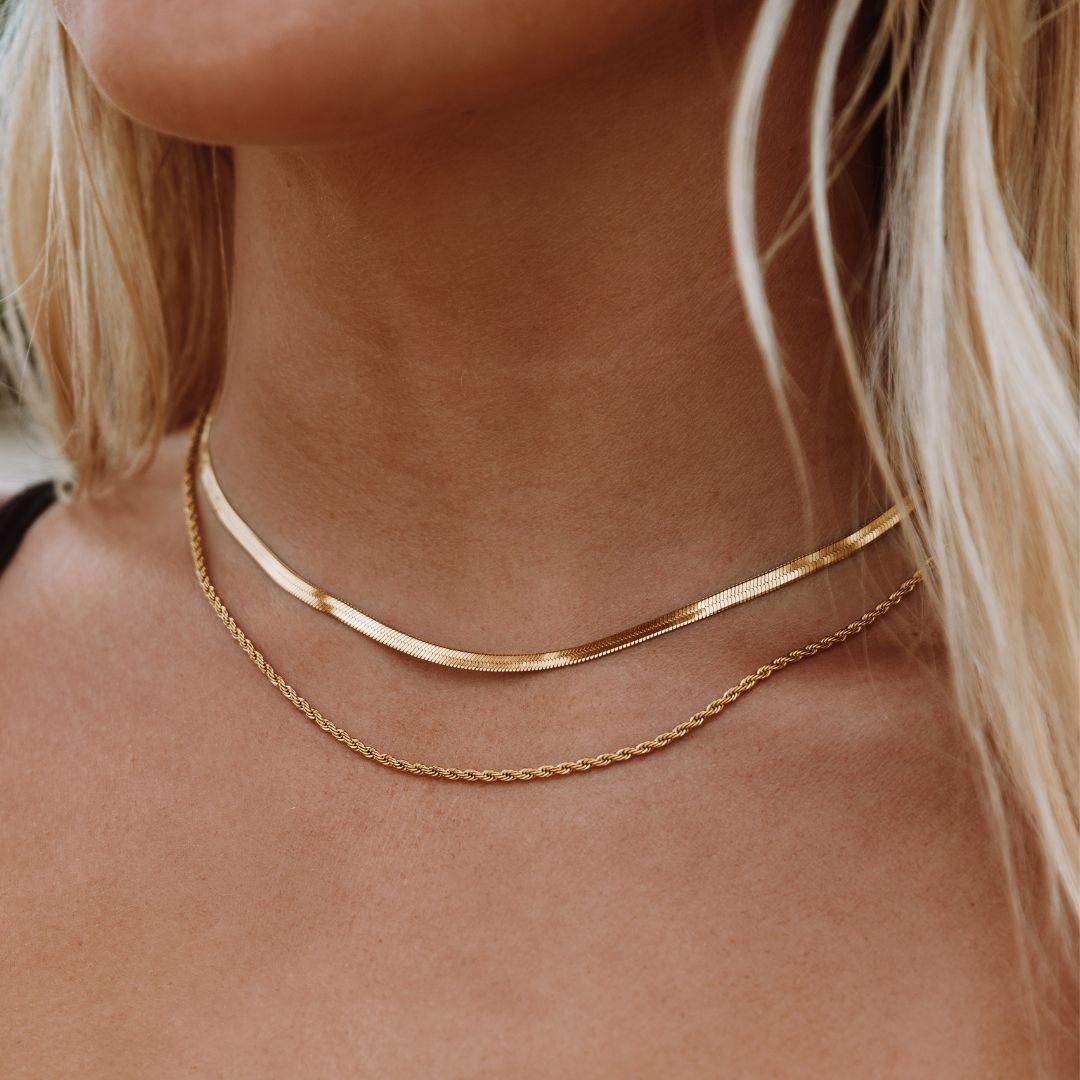
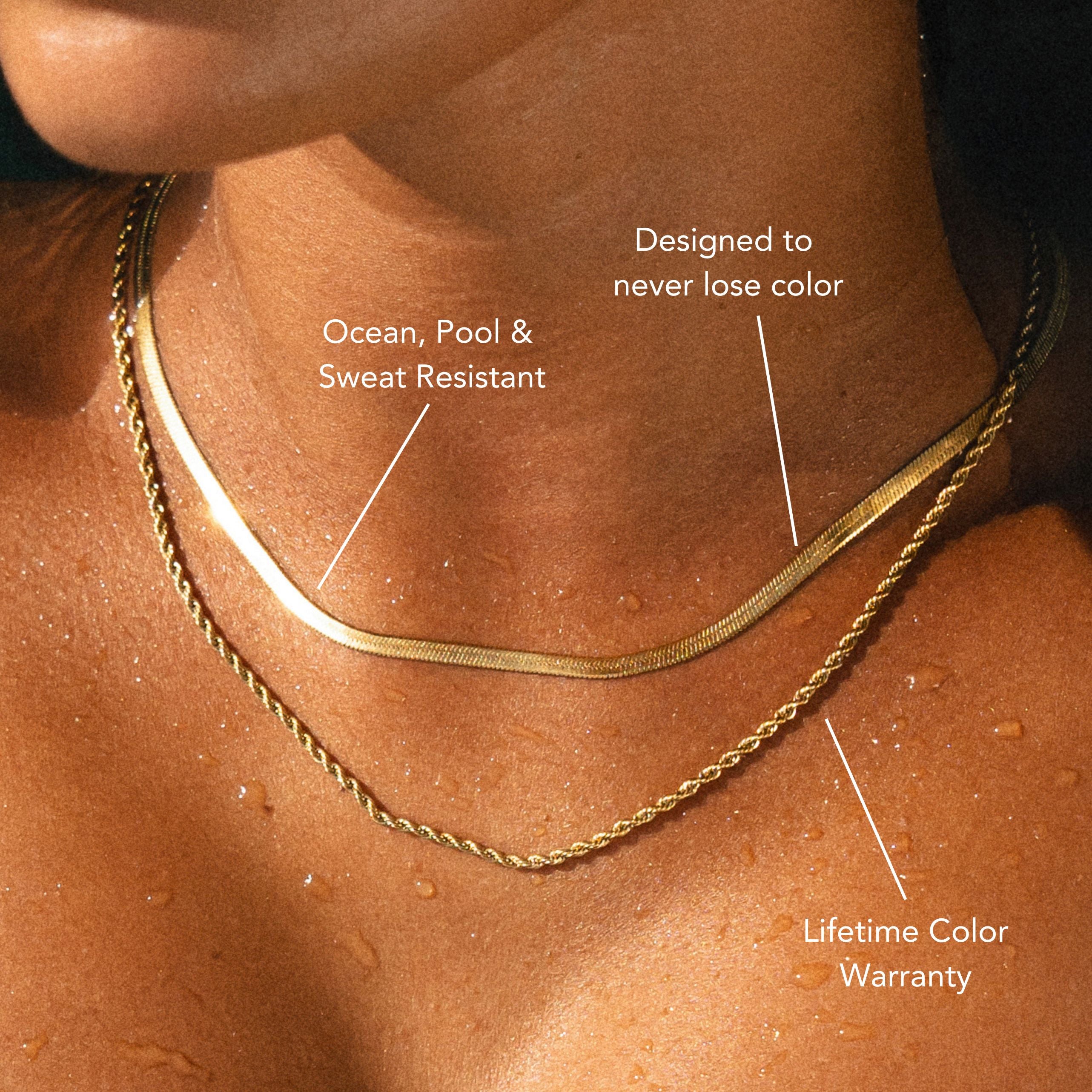

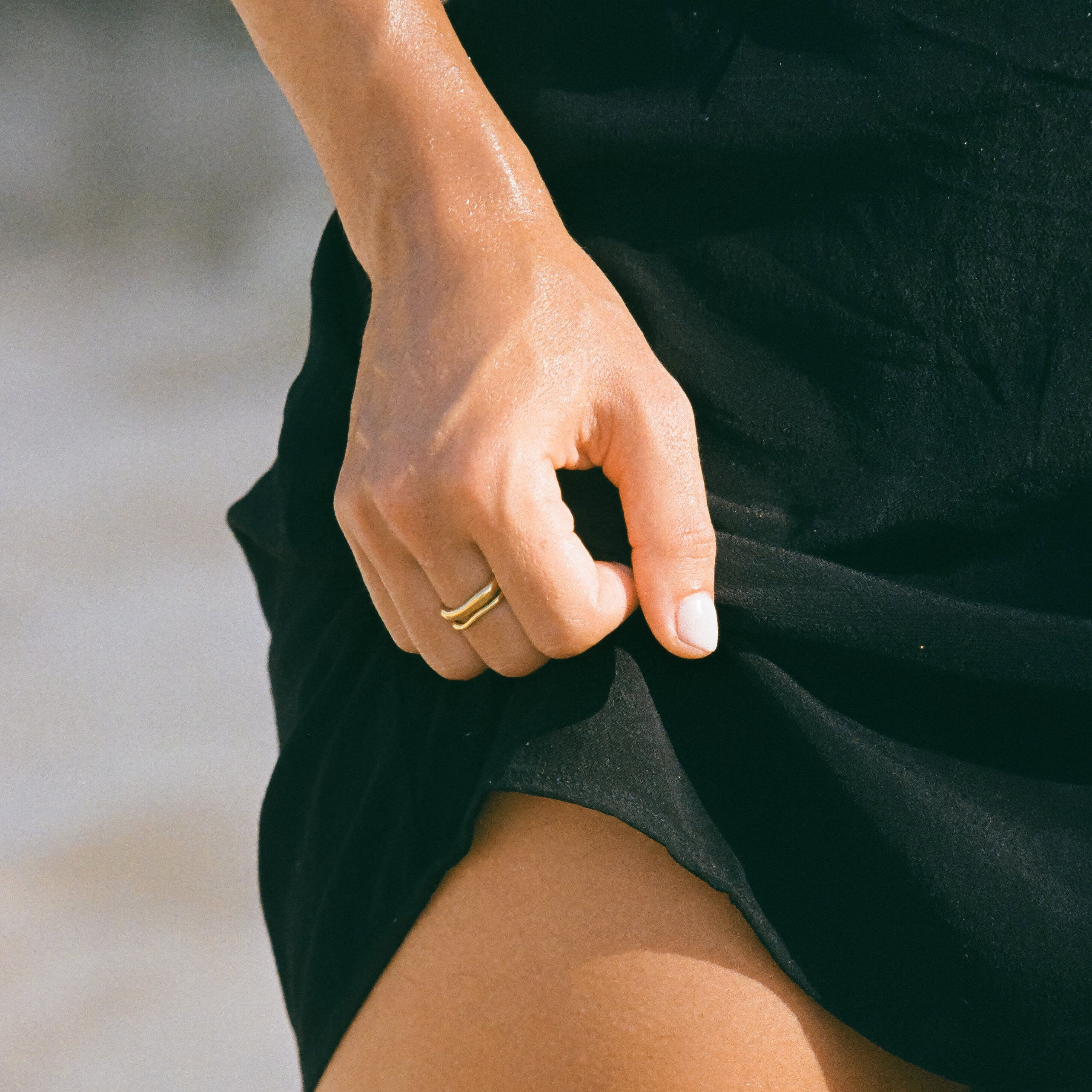


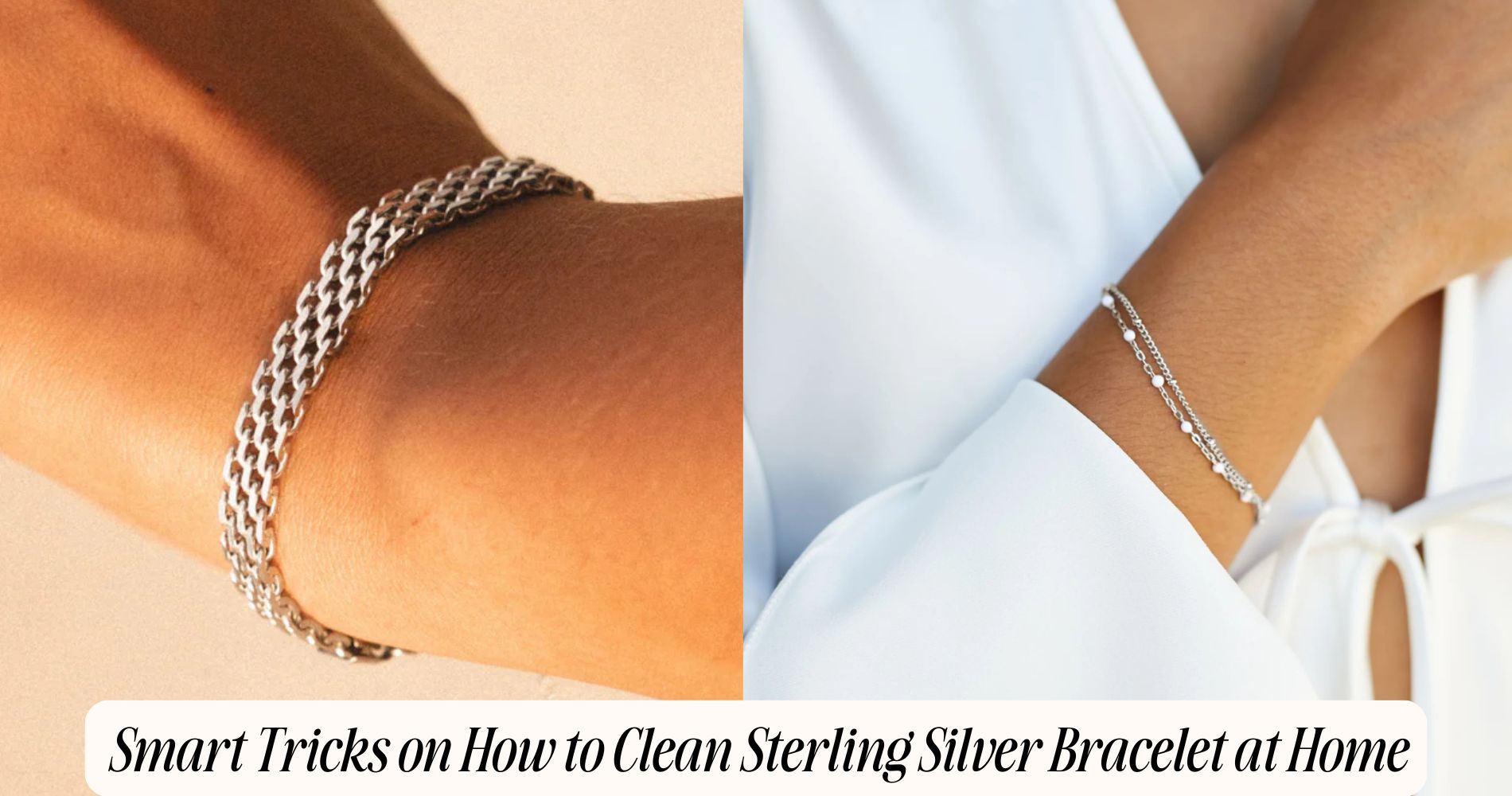





Leave a comment
This site is protected by hCaptcha and the hCaptcha Privacy Policy and Terms of Service apply.